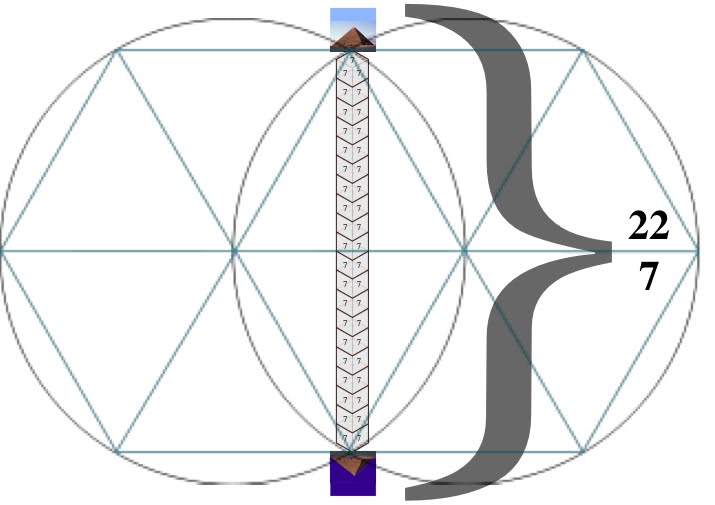Yngwë Yngweron wrote:I have to admit, when I first saw your comparison of Sepher Yetzirah & I Ching mathematics I thought to myself: ...and they think I’m ‘out there’. But now 1 think 1 get where you’re coming from. There does seem to be an architectural framework to both systems that is consistent with the projection of the hypercube into a lower-dimensional manifold. Yet it should be noted that the underlying geometry here isn’t supposed to have been discovered until fairly recently.
The figure was found and developed in the years 1985-87 as a "structure of I-Ching", published 1988, by Lothar Teikemeier, "I-Ging = Tarot", but the basic of the mathematical consideration was older (a friend told about Hasse diagrams, whereby Hasse didn't involve I-Ching ... as far it is known by me).
Recently a man from Hungary discovered it independently, József Drasny, Budapest, 2007
http://www.i-ching.hu/
If any (much) older Chinese scholar or another known or anonymous kabbalist was near to a similar idea, is unknown. Definitely it's clear, that the binary code with six digits had a preference in the past human culture and was used by many for different interests, in I-Ching, in Kabbala, in other religious, poetical or technical systems and that since very old times (a very old example: the Horus-eye; another: the internal structure of the Phoenecian or Hebrew alphabet).
The focus is on the binary code with 6 digits, but actually any binary code with at least 3 digits is presentable in a 3-dimensional form.
This is probably due to a Knowledge of music theory that exploits the parallels between a geometric representation of pitch space and the synodic cycles of planetary conjunctions. What has been referred to as ‘the music of the spheres’. The integration of Tarot & Qabalah appears to model a specific dilemma stemming from Pythagorean tuning: the discrepancy between 7 octaves (128:1) and 12 Perfect Fifths (~129.74:1). The astrological/alchemical glyphs applied to the Hebrew alphabet/Marseilles pattern ultimately form a map of pitch space that allows us to see this problem within a context of octahedral figures combined with the diagram for obtaining the golden mean from a vesica piscis.
I’ll be able to go into greater detail once I’ve posted my diagrams for RING THREE: Hera’s Orchard. But the thesis goes something like this- Drawing from the nomenclature of alchemists & musicians, the refining process of Gold that utilizes the ‘Wolf of metals’ - antimony (lupus metallorum - to form a ‘Regulus’ is directly related to the Wolf fifth caused by Pythagorean tuning. The burning off of the Wolf to obtain very pure Gold is a metaphor for transmuting Pythagorean tuning into a system of equal-temperament. The underlying mathematics of this process provided a structural framework for the temple architecture of ancient Mediterranean civilizations, and was preserved in the formulation of the Greek & Hebrew alphabets, as well as the constellations & their associated myths. This also formed the core of the ancient mystery traditions & is reflected in what fragmentary evidence survived the cultural purge initiated by the Theodosian decrees.
I'm not familiar with such things and can't judge, to which degree they really present analogies to the basic scheme (six binary digits), but generally this basic scheme is VERY SIMPLE and useful in many different contexts ...
Whoever acquired the manuscript(s) detailing this methodology orchestrated its’ reintroduction into western civilization in such a way that the events surrounding the ‘birth of Tarot’ would be immutably etched in time as an alchemical drama, or riddle, for future generations to put together.
Well, as already stated, the basic scheme is
very simple, and it actually needed nobody to reintroduce it to Western civilization ... as it was never really absent ...

. For instance, binary ideas can be proven and shown in systems like geomancy or inside the chess game. Also in general grammatical ideas ... the idea to present "time" in language (with Pluperfect tense and its 5 comrades) follows a simple binary scheme, the 8 personal pronomina (I, you, it, we, you, they and he and she as sexual identifier) is another general pattern.
It for instance may be used a weighing system, having one basic unit and getting other higher units just by doubling the weights. 1, 2, 4, 8 ... etc. It's just a basic system, like the decimal numeral system or the sexagesimal system could be also called "basic systems", though these present more complex forms and are "less simple" and so "less basic" ...

.
Well, we speak with the binary scheme of the trivial, usual things, and mixing it with ideas like "great mysteries", "alchemical drama", "birth of Tarot ... " is near to "I didn't see the forest cause all these trees here".
The Order of the Dragon may have been a vehicle for this ‘conspiracy’, but I suspect Cosimo d’Medici was its’ mastermind. Mahalo, Magnus COSMus.
My ‘Cremonese Inquiries’ are an attempt to gain a better understanding of the setting for this ritual play as I currently lack the means to travel there myself. But I have a hunch that the design of San Sigismundo embodies this System in much the same way as Kabbalah preserves the Temple of Solomon. The whole Hercules motif seems to have been put to use in the role of Francesco Sforza within a Greek/Latin rendition of this drama, which is why I’d really like to learn more about the legend concerning his foundation of Cremona.
In the trivial view of the matter it might be, that the Cremonese Hercules idea developed from just the fact, that Sforza (with a lion in its heraldic) took Cremona and that this became the begin of a lucky time for Cremona and so the situation found opportunity to be remembered by some art productions of the local artists, which celebrated Sforza as a "big Hercules" of 15th century.
So really nothing with "great mystery", just a sort of contemporary advertisement, comparable to the way, how Coca Cola presents itself as the inventor of Santa Claus.
In a curious aside, I first learned of the method of partitioning Tarot by digital root (which led me to this thesis) from a student of Marie Louise von Franz - the intellectual heir to Carl Jung’s studies into alchemy & the first person to notice the mathematical parallels between the I Ching & the triple-codon binary structure of the DNA. If you’re not familiar with her work, I recommend it highly.
As already stated, the binary system with six digits is a very practical and simple tool and it was used either by the DNS itself or by the researchers, which used it to describe their system, fixed on their recorded idea: "it must be simple". In this debate around the I-Ching - DNS connection there have been even imaginations, that the old masters of I-Ching had introspection in the nature of DNS ...

... well, wrong ... they had insight in that, what was very simple, and this they did use with some enthusiasm.
Modern mind occasionally behaves a little bit confused. So as with Leibniz, who just had invented the "binary code", but found then information of the I-Ching use in China and felt totally puzzled.


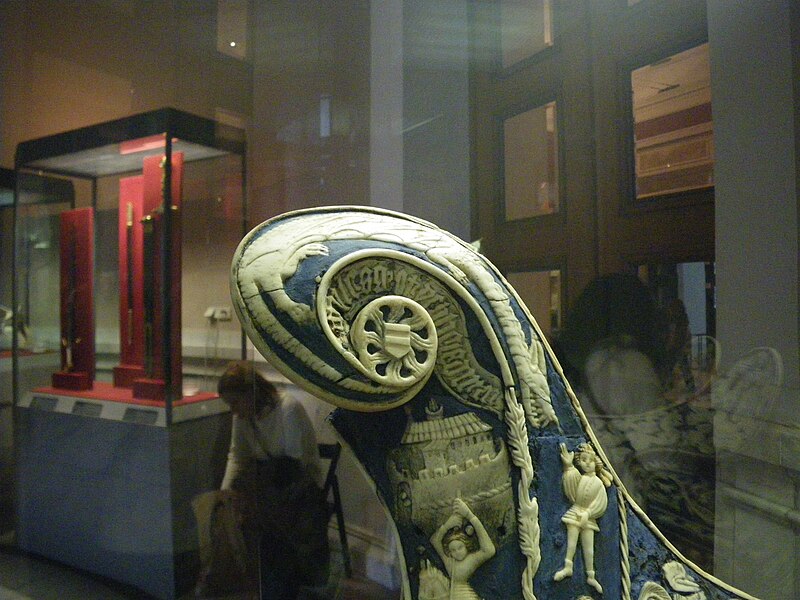
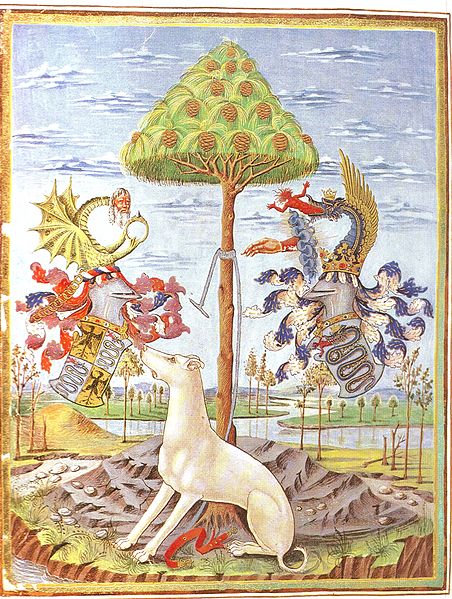


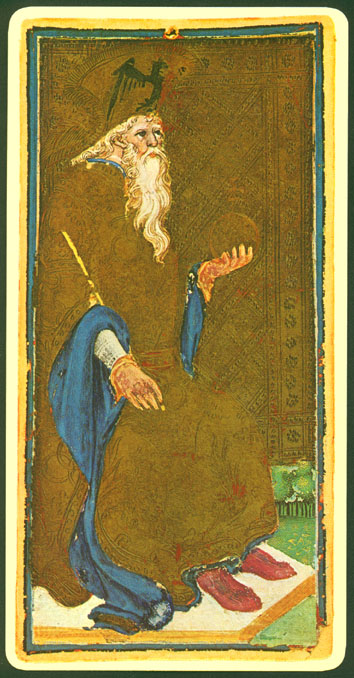
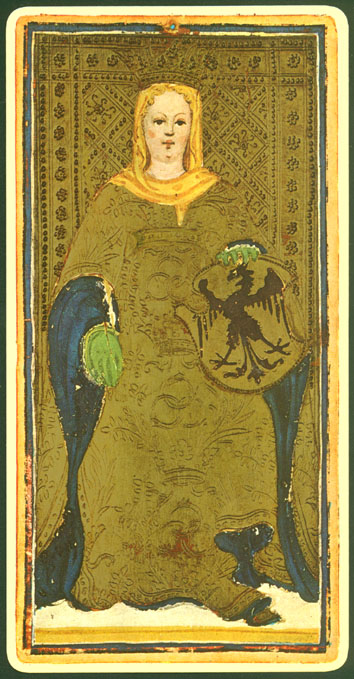









 , which form a Cross on the zodiacal wheel, can also be used to reconstruct this diagram. Being the essential dignities used to obtain the golden mean (Helios), we may surmise that the integration of Tarot & Qabalah could, in fact, be an incarnation of a much older system.
, which form a Cross on the zodiacal wheel, can also be used to reconstruct this diagram. Being the essential dignities used to obtain the golden mean (Helios), we may surmise that the integration of Tarot & Qabalah could, in fact, be an incarnation of a much older system. 



